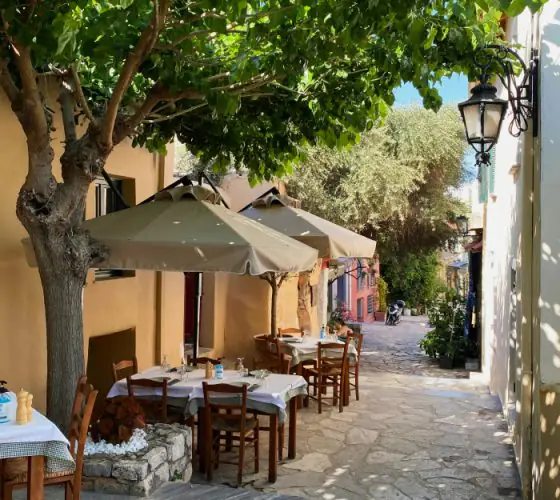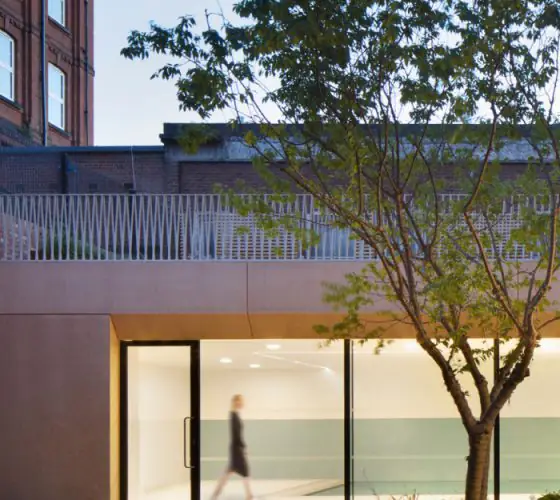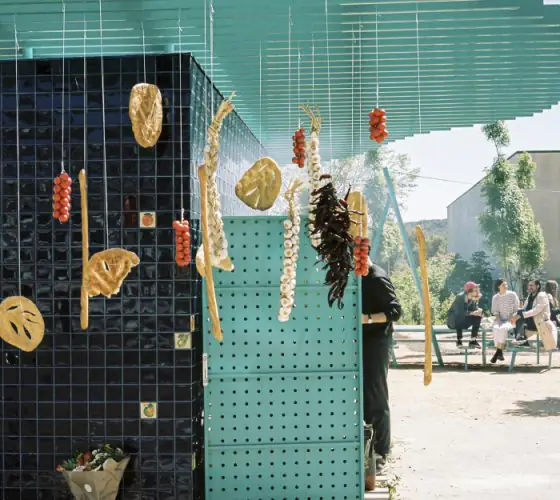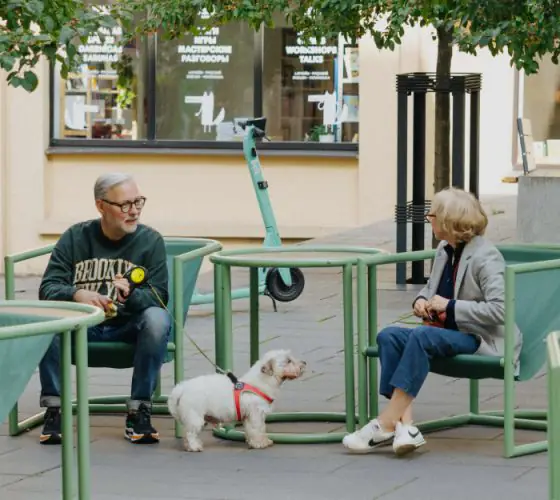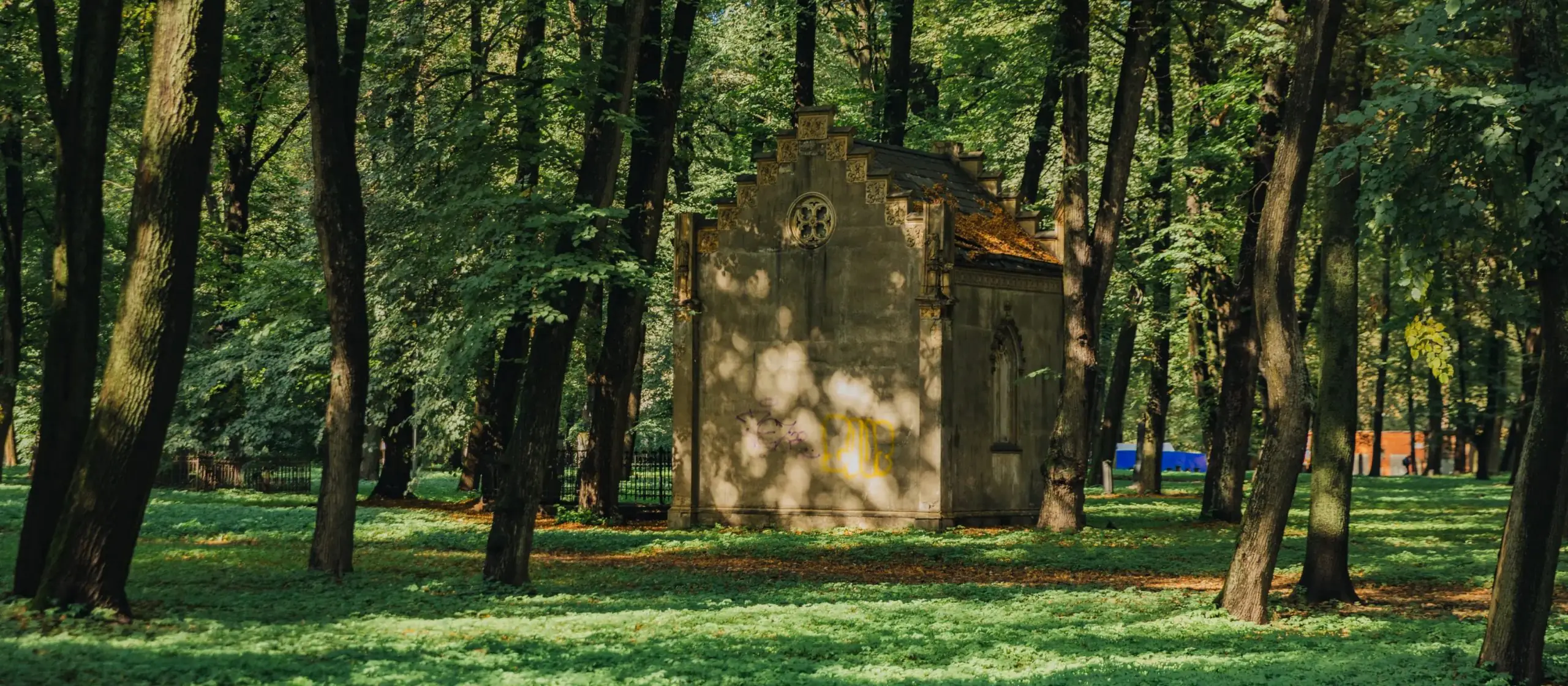
liveriga.com
We described how the position of cemeteries in the city and their significance changed in different eras in a separate article. Today, the attitude towards cemeteries and their role in urban space is changing: modern urbanism considers cemeteries as public spaces of a special type.
Cemeteries are now being used, among other things, as urban parks for quiet recreation, as tourist attractors, and even as venues for events that do not offend the memory of the dead. In Oslo and Copenhagen, for example, such transformations have become reasons for special cemetery development strategies. And how are things in Riga and the Baltics in general?
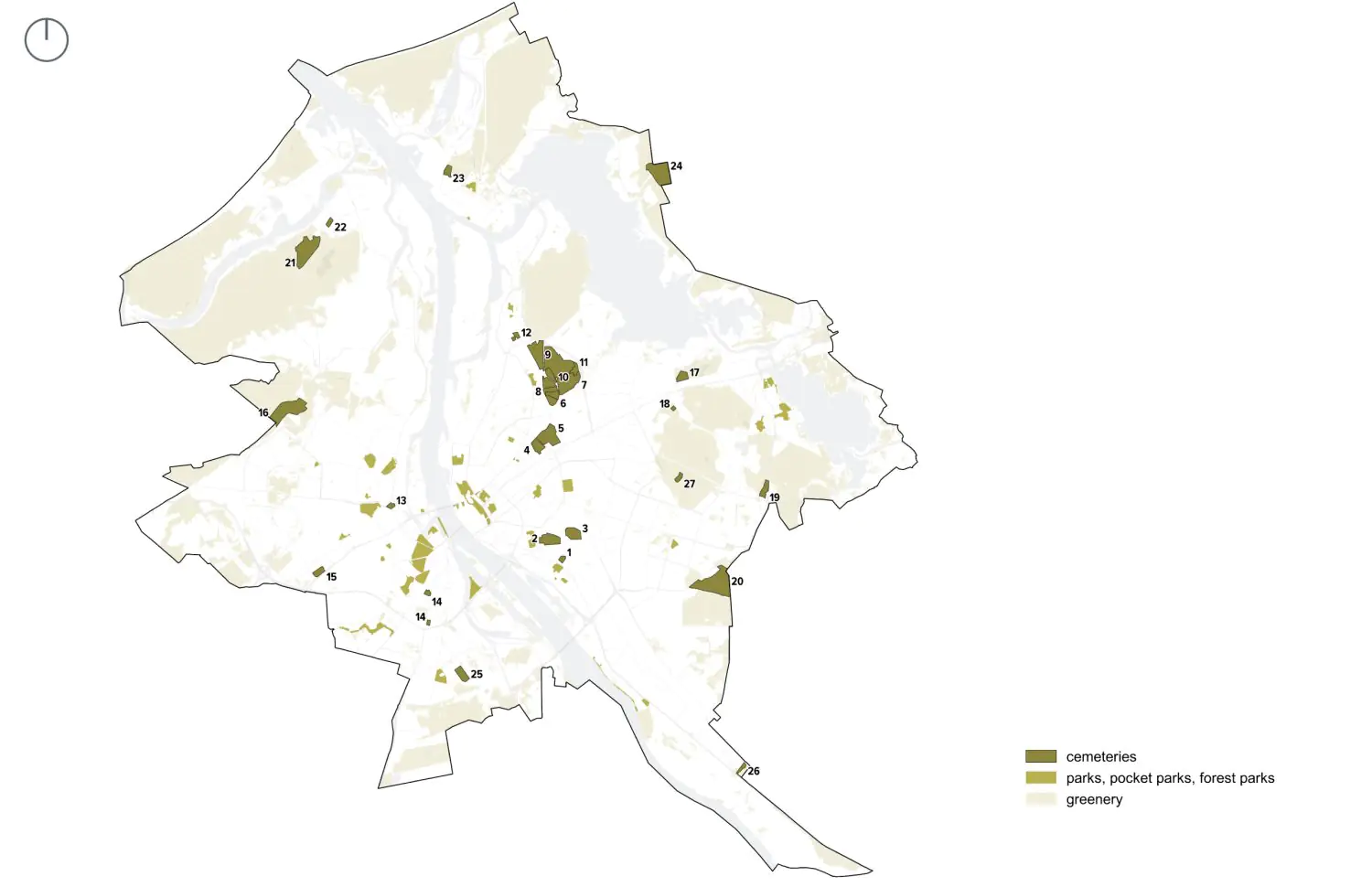
Authors: umagamma team
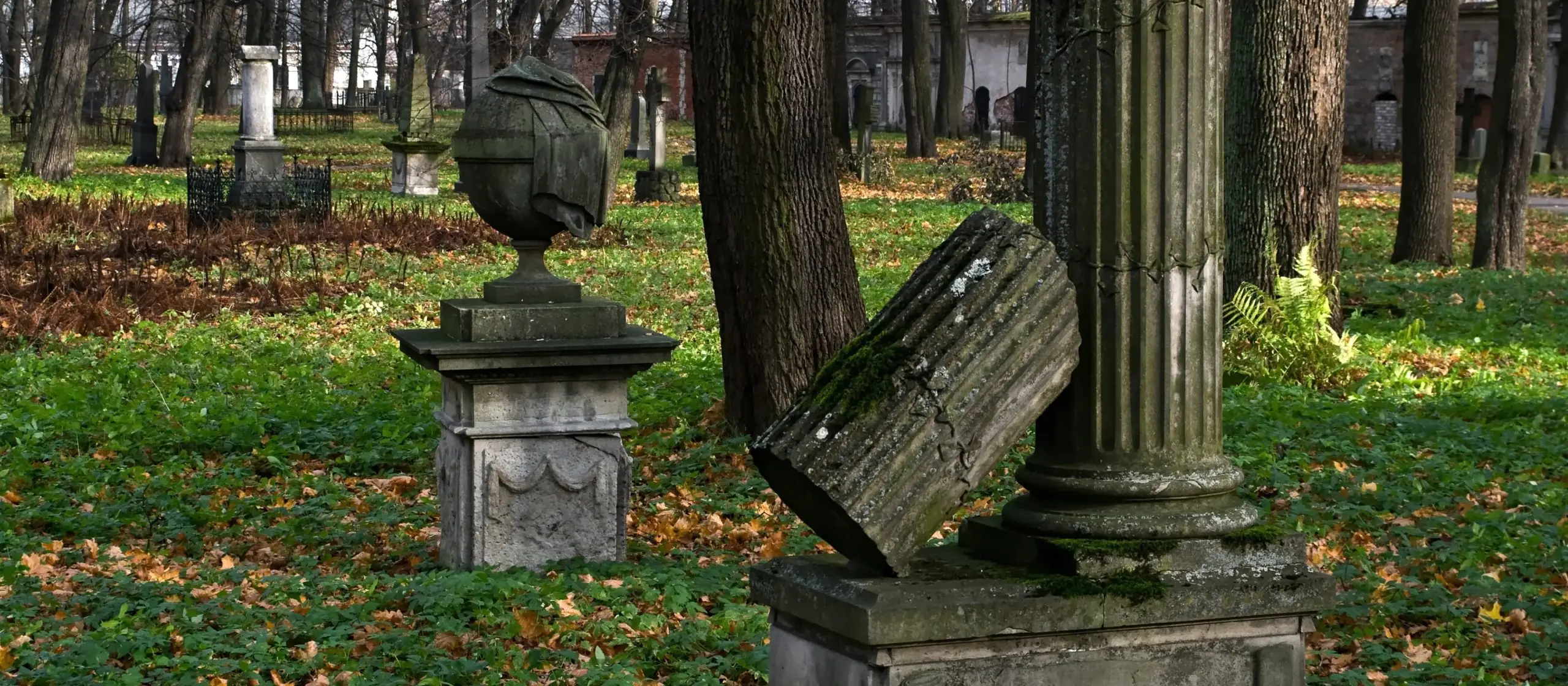
wikipedia.org
Area of Cemeteries in Riga and Other Cities
According to the umagamma research team’s calculations, there are 27 cemeteries and memorial graves in Riga today. Here are their names and areas:
- Vecie ebreju kapi (Old Jewish cemetery) — 2.75 ha
- Ivana kapi — 16.55 ha
- Matīsa kapi — 13.4 ha
- Pokrova kapi — 9.95 ha
- Lielie kapi (Big Riga Cemetery) — 25.2 ha
- Miķeļa kapi — 6.2 ha
- Meža kapi (Forest cemetery) — 89.2 ha
- Raiņa kapi (Raiņis Cemetery) — 9.12 ha
- Sarkandaugavas kapi — 24.3 ha
- Rīgas Brāļu kapi — 6.62 ha
- Memoriāls Otrajā Pasaules karā kritušajiem vācu karavīriem (Memorial Park) — 5.3 ha
- Sarkandaugavas kalna kapi — 3.5 ha
- Mārtiņa kapi — 2.8 ha
- Torņakalna kapi — 2.4 ha and 1.4 ha
- Pleskodāles kapi — 5.8 ha
- Lāčupes kapi — 40.3 ha
- Jaunie ebreju kapi (New Jewish cemetery) — 7.7 ha
- Juglas kapi — 1.2 ha
- Biķeru kapi — 7.9 ha
- Pļavnieku kapi — 55.6 ha
- Bolderājas Jaunie kapi (New Bolderājas cemetery) — 38.5 ha
- Bolderājas vecie kapi (Bolderājas Old cemetery) — 3.1 ha
- Daugavgrīvas Baltās baznīcas draudzes kapsēta (Vecmīlgrāvas cemetery) — 5.8 ha
- Jaunciema kapi — 34 ha
- Ziepniekkalna kapi — 9.8 ha
- Rumbula Holocaust Memorial Park (Forest Memorial) — 3.2 ha
- Pasaules kara upuru kapi (Bikerniek memorial complex) — 3.5 ha
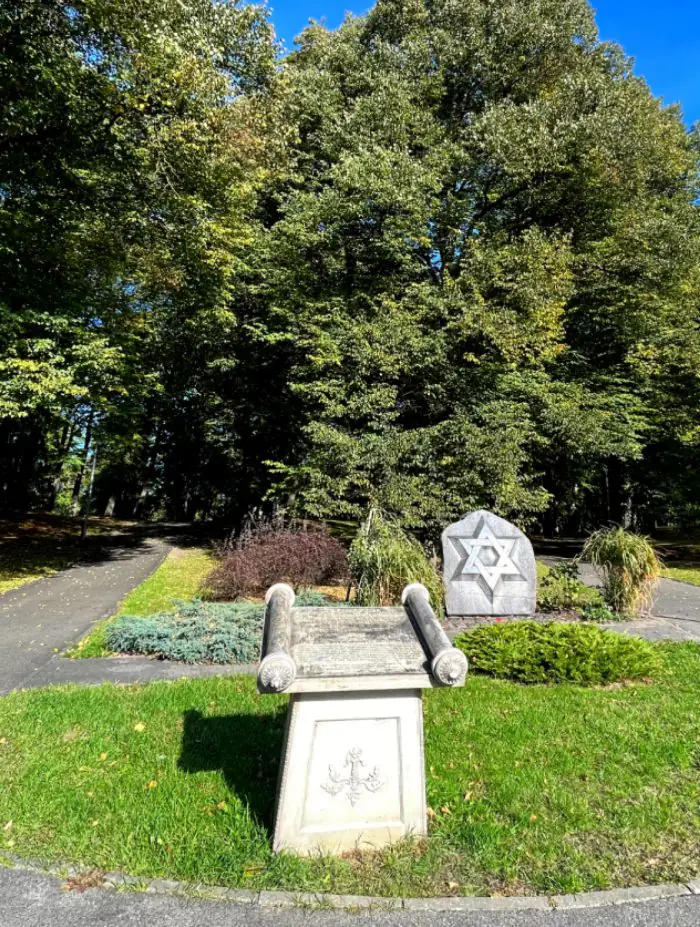
liveriga.com
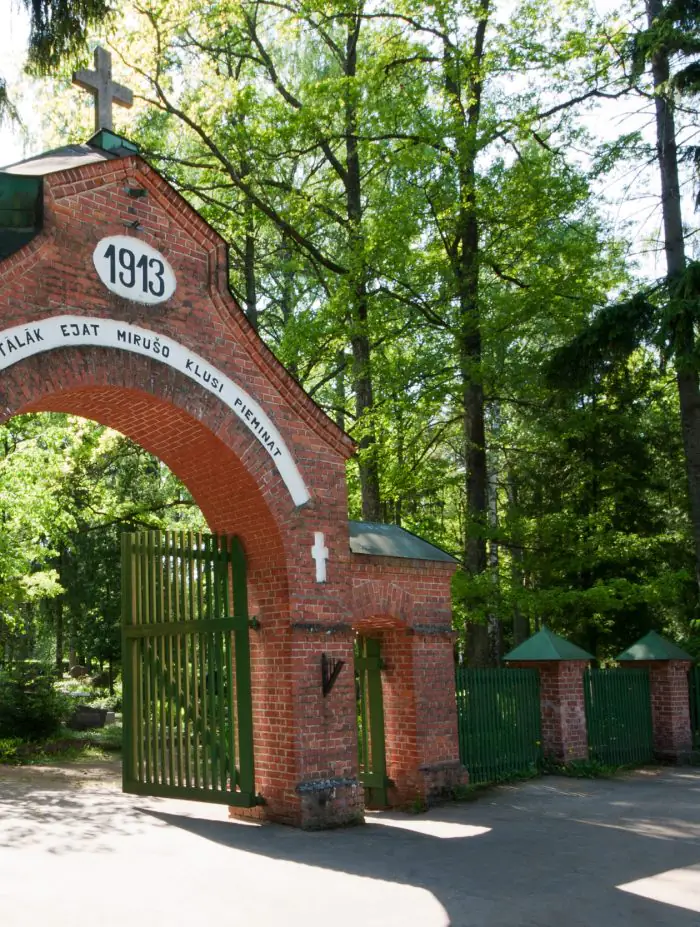
wikipedia.org
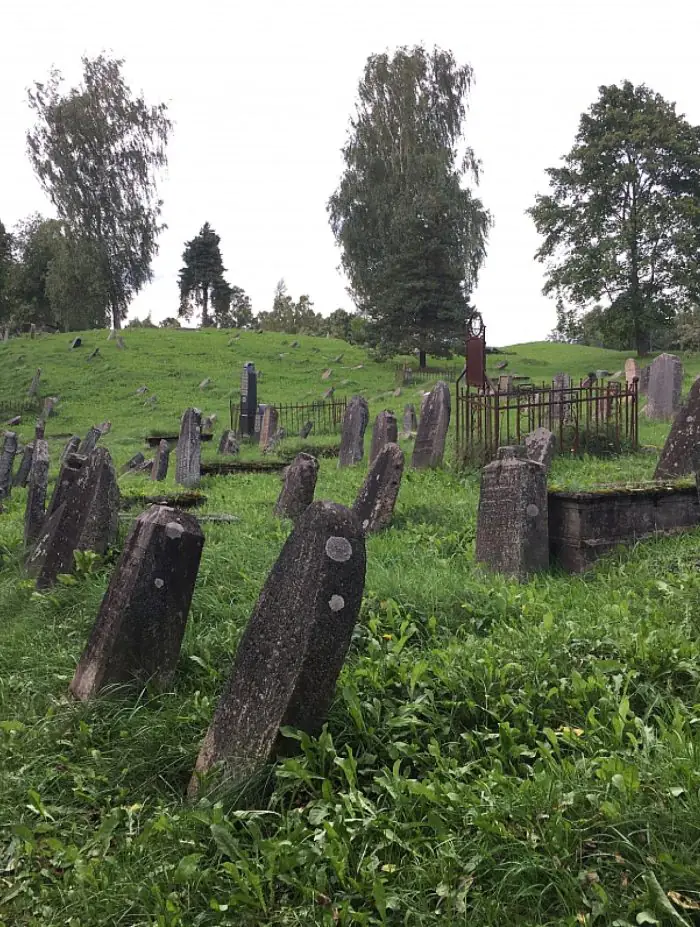
lsm.lv
The total area of 27 cemeteries and memorial graves in Riga is 434.8 ha. This value significantly exceeds the total area of city parks and public gardens, which is 273.2 ha (but these calculations do not include forest parks).
Burial grounds occupy 5.7% of the total green space in the city. This percentage is only slightly lower than similar values in Oslo and Tallinn.
For comparison, in Oslo this value is 7% — 186 ha and in Copenhagen it is 6% — 130 ha. Oslo, Tallinn and Copenhagen have developed their own cemetery strategies and are now striving to integrate burial grounds into the overall urban green framework. In their spatial strategies, Oslo and Tallinn reinforce the importance of cemeteries as urban public spaces.

Authors: umagamma team
Relative to the Baltic and North European capitals, Riga has a rather large percentage of territories occupied by cemeteries and memorial burials in relation to the total area of the city: all burials occupy about 1.43% of the city area. Only Tallinn is more important: it has 8 managed cemeteries with a total area of 310.6 ha— this is 1.96 % of the total area of the city.
- The area of cemeteries in Vilnius is 233.15 ha: this is 0.58% of the total area of the city.
- The area of cemeteries in Helsinki is 190.84 ha: this is 0.89% of the total area of the city.
- The area of cemeteries in Stockholm is 174 ha: this is 0.93% of the total area of the city.
- The area of cemeteries in Copenhagen is 130 ha: this is 0.72% of the total area of the city.
- The area of 20 large cemeteries in Oslo is 186 ha: this is 0.4% of the total area of the city.
- The area of cemeteries in Berlin (there are 202 of them!) is 1,112 ha: this is 1.25% of the total area of the city.
Cemeteries occupy substantial areas in different capital cities, and some of them are often located in the center or busy urban parts. The decision to integrate cemeteries into the urban fabric, while preserving respect for the dead and the grief of the living, seems very rational.
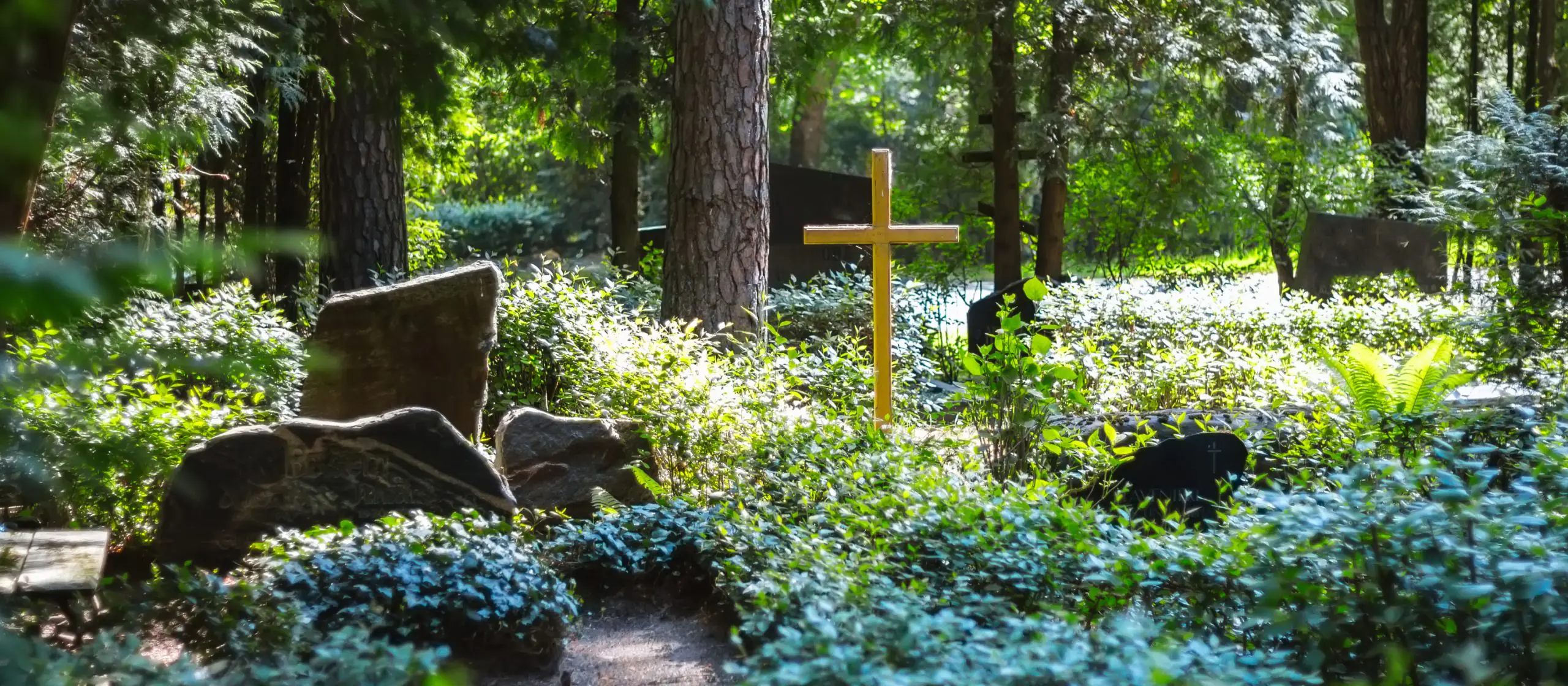
adobestock.com
How Riga Cemeteries are Used Today
Some Riga cemeteries already operate as walking areas, though quite rarely. Data from the Strava website shows where people run, ride bicycles, and sometimes even go skiing. Here is what kind of activity can be seen from this data in different parts of Riga.
The Old Jewish Cemetery, located in the Moskovski forestadt (Vecie ebreju kapi), is less actively used by cyclists and joggers than the nearby Latgale Park, but much more actively than two neighboring cemeteries: Ivanovski Cemetery (Ivana kapi) and Matīsa Cemetery (Matīsa kapi). Nevertheless, a certain number of bicycle and jogging tracks have been recorded in both cemeteries.
Pokrova kapi, one of the oldest cemeteries in Riga, is hardly used by athletes. But the Big Riga Cemetery (Lielie kapi), located literally across the street, is very actively used, maybe due to the fact that there are no parks in the area. The Big Riga Cemetery (also known as the Old German Cemetery) has been closed for burials since 1957: today it is a memorial park and tourist attraction. It is also the only cemetery where tracks of winter activities have been recorded: perhaps someone skis here.
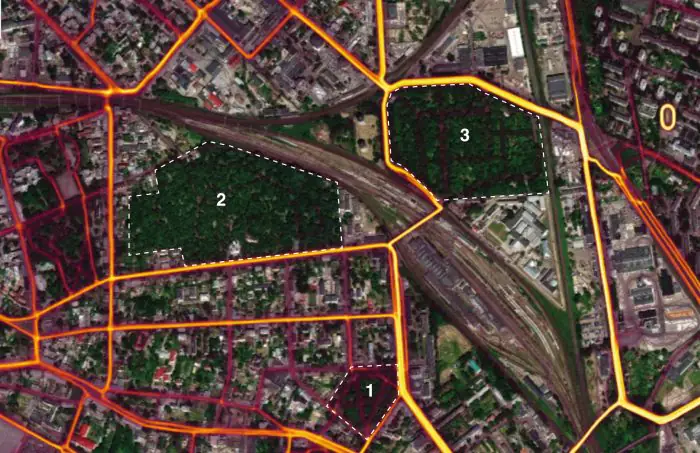
Strava

Strava
The largest territory occupied by burials in Riga has a total area of 140.7 ha and includes several cemeteries and memorial parks: Miķeļa kapi, Forest Cemetery (Meža kapi), Raiņa kapi, Sarkandaugavas kapi, Riga Brethren Cemetery (Rīgas Brāļu kapi), German Soldiers Memorial Park (Memoriāls Otrajā Pasaules karā kritušajiem vācu karavīriem). There are bicycle and jogging tracks in this large area, but compared to the adjacent areas, especially Mežaparks, the cemeteries are not used much. Sarkandaugava mountain cemetery (Sarkandaugavas kalna kapi) is also hardly used for jogging and cycling.
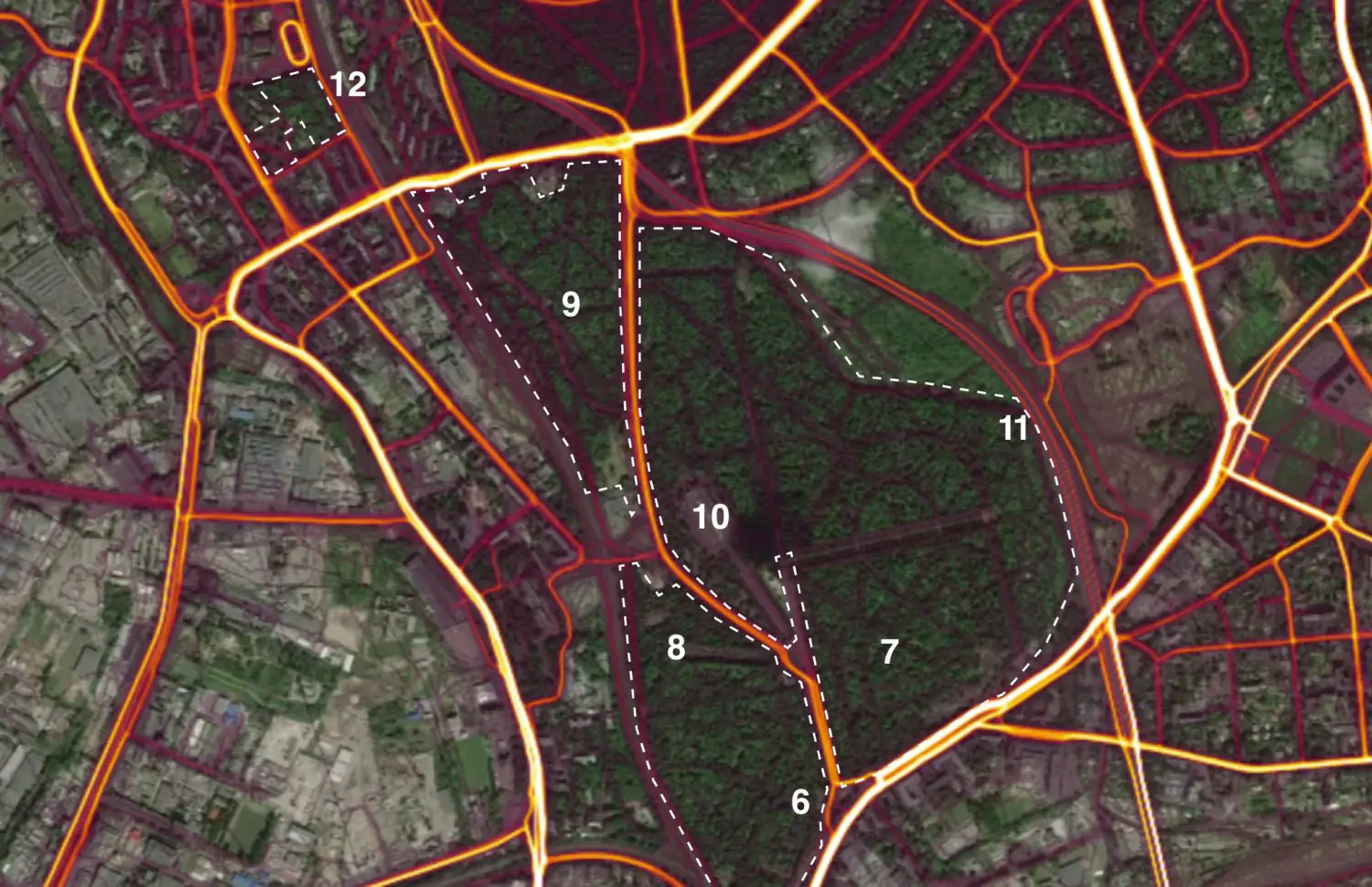
Strava
There are several small cemeteries on the left bank of the River Daugava in Riga: Mārtiņa kapi, Torņakalna kapi, which consists of two parts, Pleskodāles kapi, and Ziepniekkalna kapi. According to Strava data, they are rarely used for jogging and cycling.
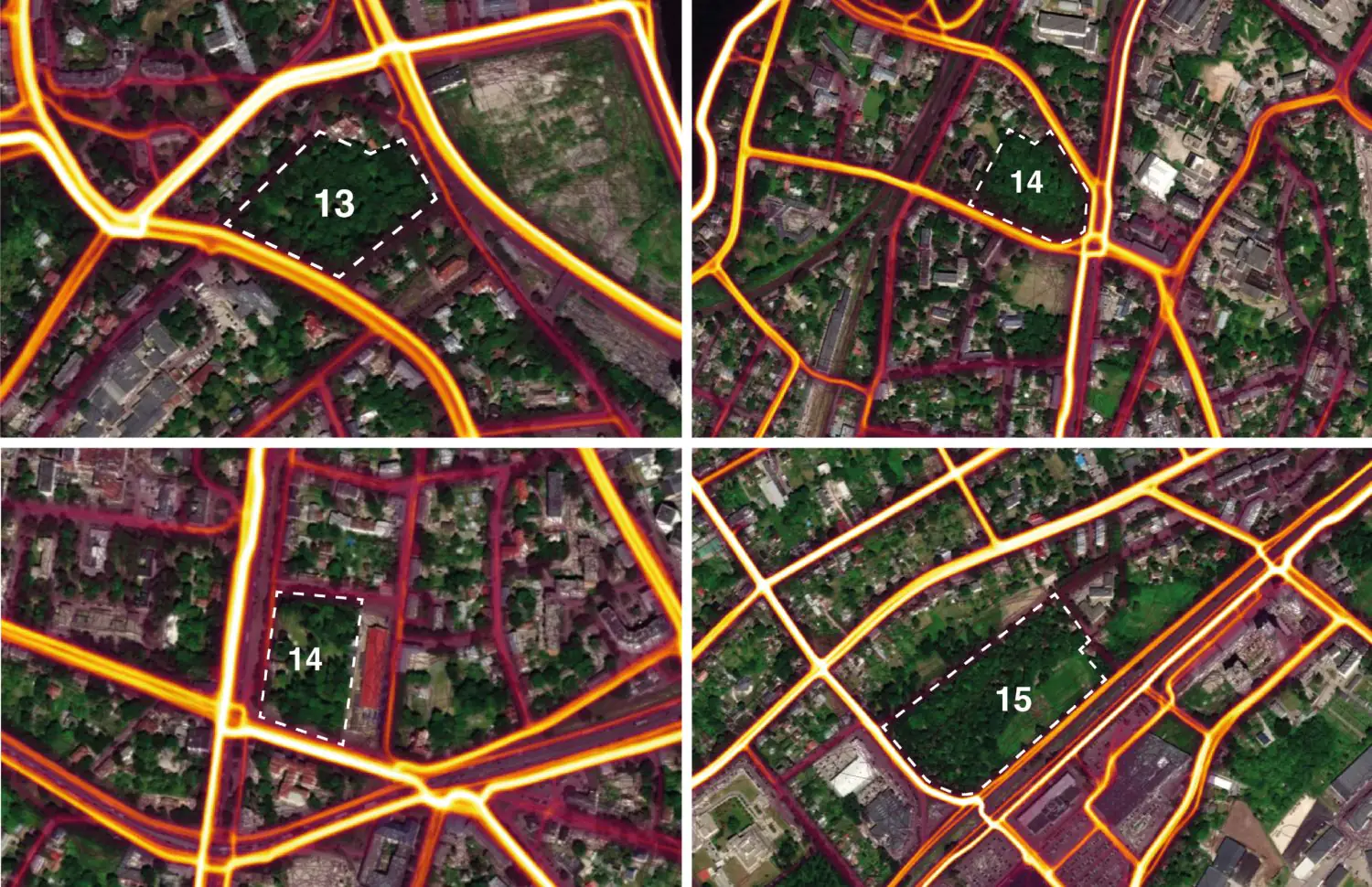
Strava
The Lāčupes kapi is also located on the left bank, near the Imanta microdistrict, outside the urbanized area of Riga. Jogging and cycling are sometimes visible here, although not very often compared to the surrounding areas.
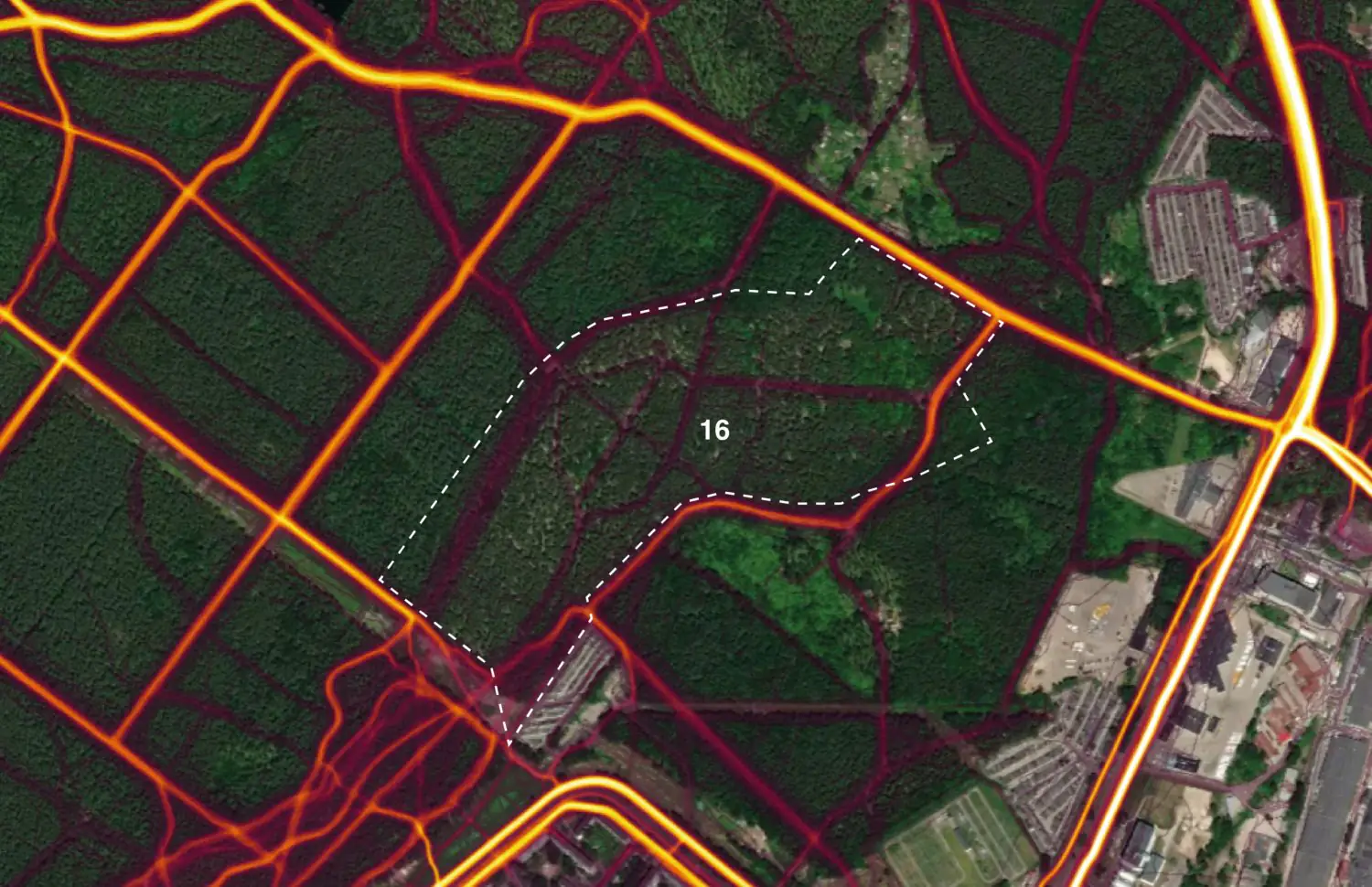
Strava
There are several large forest parks and urban forests in the east of Riga, where local residents often spend their leisure time. Some of these green areas are also home to cemeteries. For example, the New Jewish Cemetery (Jaunie ebreju kapi) is located in the Babelite forest park, and the Juglas Cemetery (Juglas kapi) in the Biķernieku forest. Few sports tracks have been recorded on the territory of the cemeteries themselves, but the trails around the cemeteries are actively used.
The Biķernieku forest is also home to the Biķernieku memorial complex (Biķernieku memoriāls) and the cemetery with graves of World War II victims (Pasaules kara upuru kapi), and the neighboring Gaiļezers forest is home to the Bikeru cemetery. The burial grounds here have no clear boundaries and are actually integrated into the forest parks. The trails crossing the cemeteries are used with the same intensity as the trails in the forest parks themselves.
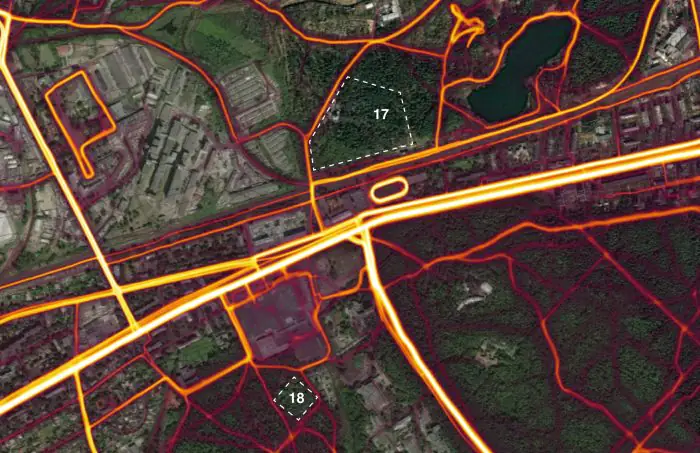
Strava
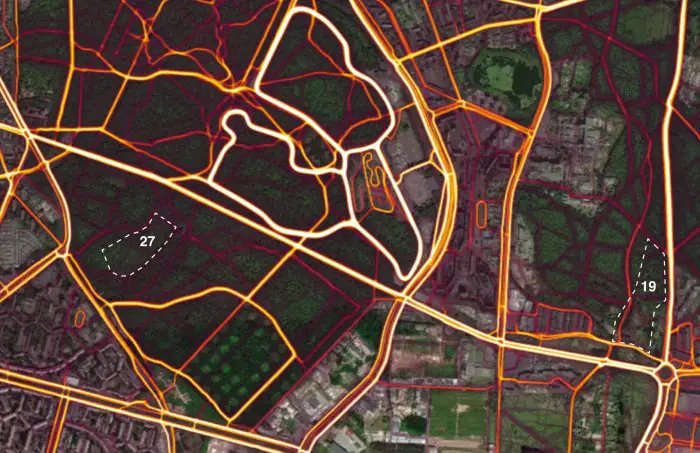
Strava
Next to the Ulbroka Forest is the Pļavnieku kapi: it is used for jogging and cycling, but with much less intensity than the Ulbrok Forest.

Strava
In the north of Riga, near the coast of the Gulf of Riga, vast areas are occupied by urban forests. The Bolderājas Jaunie kapi is located in the Bolderājas forest, not far from Lake Bolderāja. The territory of the cemetery is crossed by a path connecting Kleistu iela with the lake. Quite a few tracks with different sporting activities have been recorded in this direction. But in the Bolderājas old cemetery (Bolderājas vecie kapi), located near the tracks, there is almost no activity.
Vecmīlgrāvis kapi (Vecmīlgrāvis cemetery / Daugavgrīvas Baltās baznīcas draudzes kapsēta) also recorded few active tracks, which means that it is hardly used as a walking area.

Strava

Strava
The Jaunciema kapi is located near Lake Ķīšezers at the northern border of Riga: most of its territory is outside the city limits. Compared to other cemeteries in Riga, it is quite intensively used for jogging and cycling.
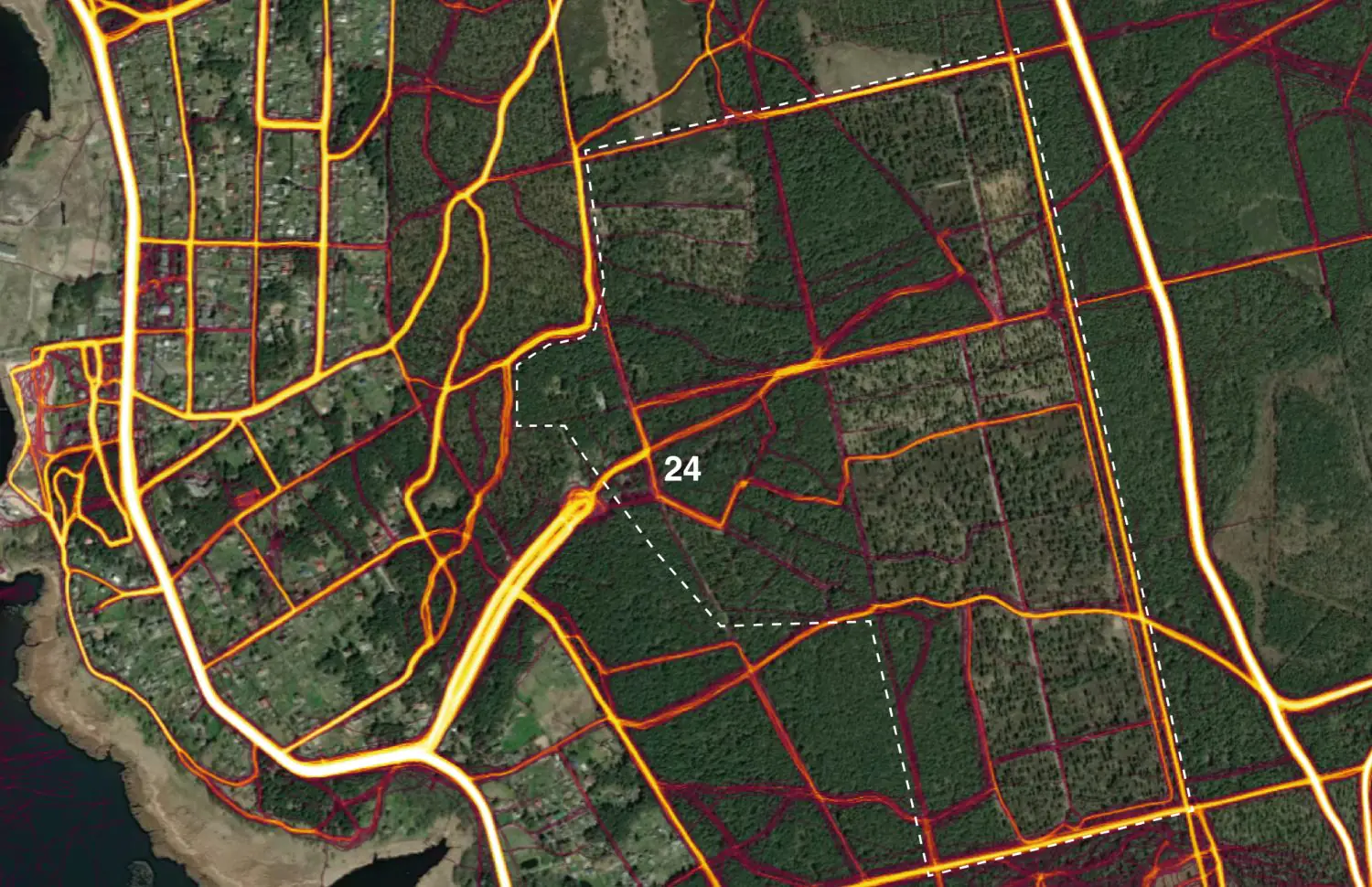
Strava
The Rumbula Forest Memorial Park for Holocaust victims is located in the southeastern part of the city and occupies a very small area. It is crossed by a path connecting Maskavas and Kaudzīšu ielas and crossing the railroad: there are a small number of activity tracks, mostly bicycle tracks, which can be connected to a convenient transit route.
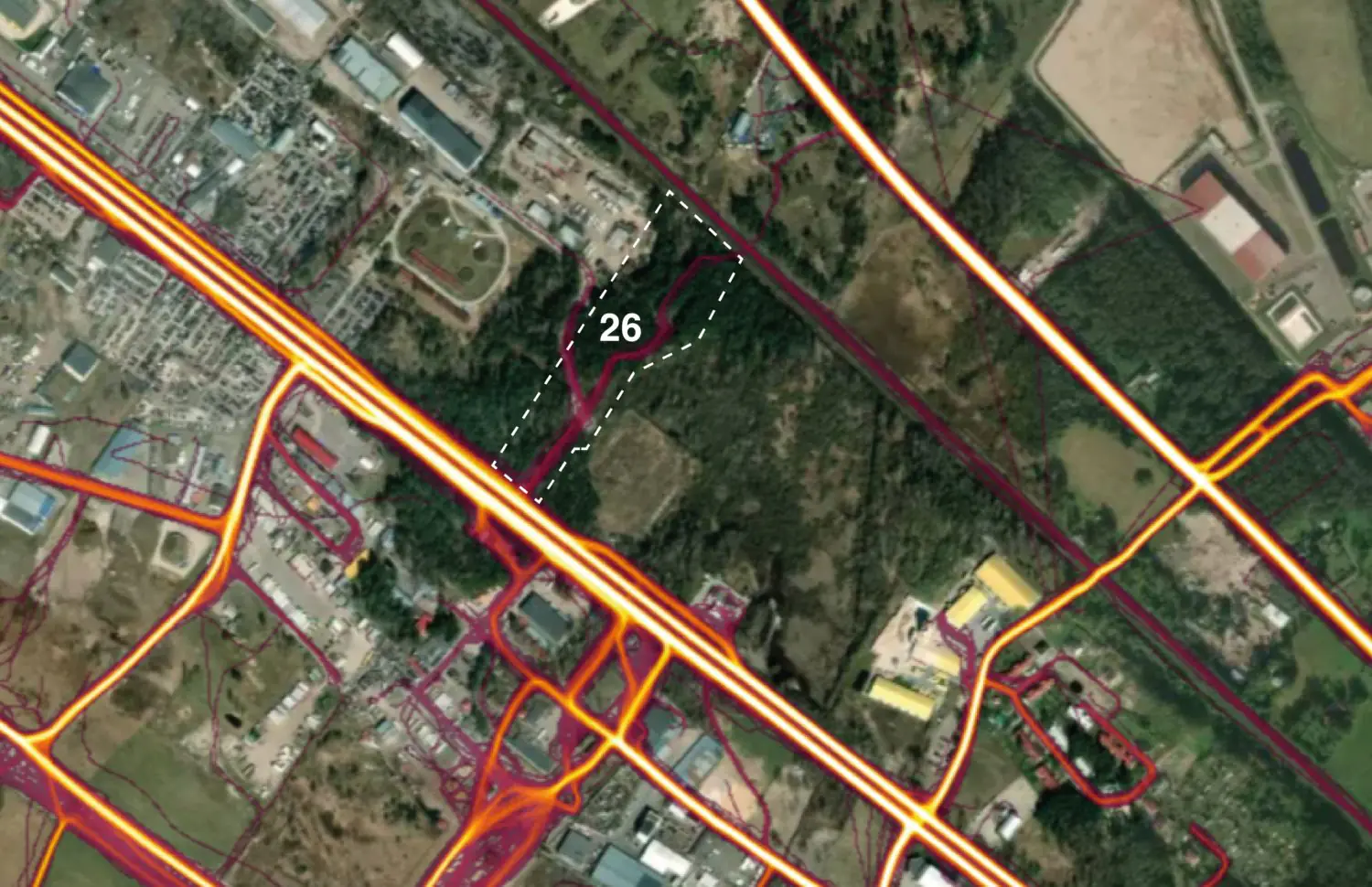
Strava
Based on these data, it can be concluded that Riga cemeteries are now mostly used only for their direct purpose and are not considered by the citizens as alternative walking or transit areas. At the same time, the activity that exists in some places suggests that alternative patterns of cemetery use are gradually forming, and if the municipality starts to develop new scenarios for the use of these green areas, the team will have something to build on.
Sports tracks are often evident in cemeteries located in highly urbanized, i.e. densely built-up parts of the city with varying levels of activity—this is fairly typical of all European capitals. In Riga it is especially noticeable in the Big Riga Cemetery (Lielie kapi), which is located near the city center, and in the Old Jewish Cemetery, which is quite actively used by cyclists and runners.
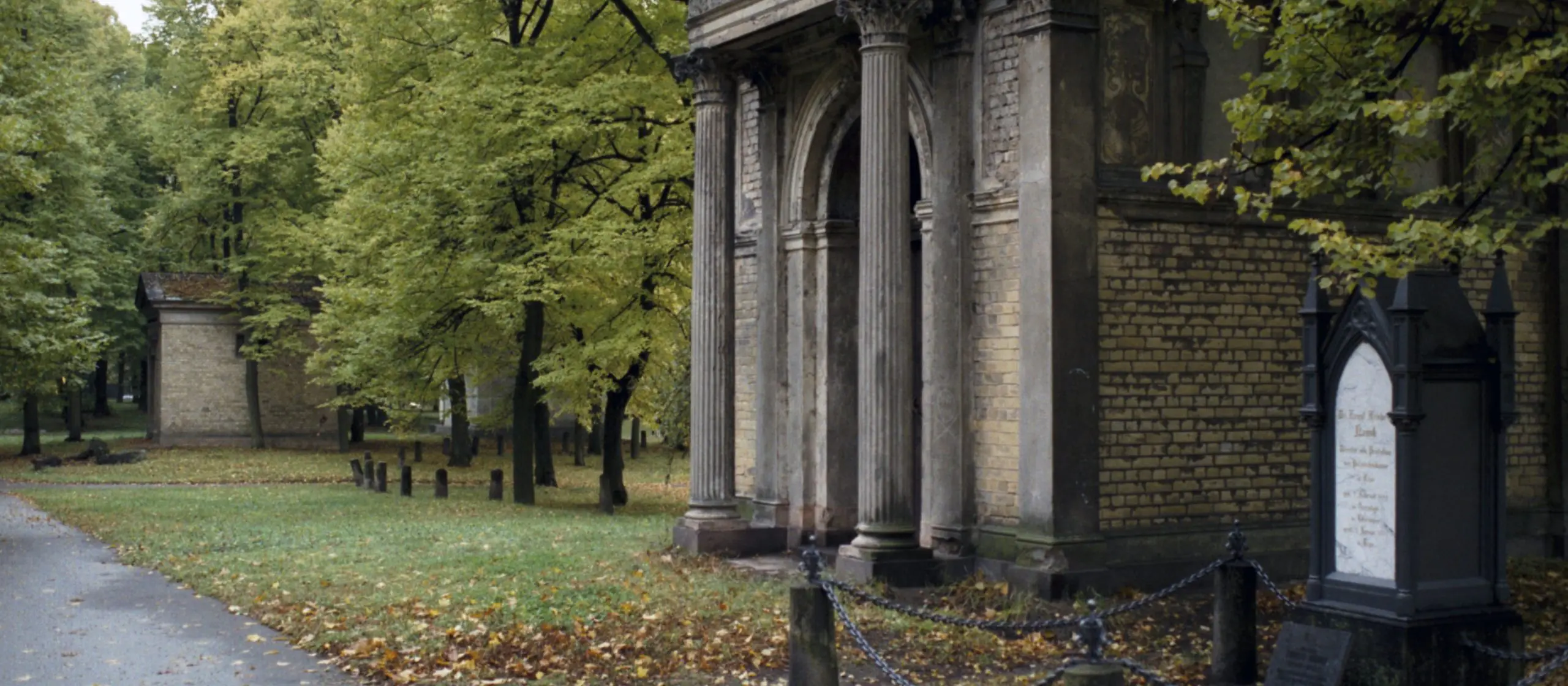
wikipedia.org
There are also several cemeteries in Riga that are part of large forest areas or forest parks: in these cases the trails in the cemeteries are partially or fully integrated into the already existing road and trail network of the natural area. In this case, existing trails are used for jogging, bicycling, and skiing and take over the cemetery grounds. This is how, for example, the Lāčupes kapi, the Biķeru kapi, the cemetery with graves of World War victims, the Pasaules kara upuru kapi, the Pļavnieku kapi, the Bolderājas Jaunie kapi and the Jaunie ebreju kapi, which is most actively used, operate.
Modern cities are changing, and cemeteries will change with them. How exactly is an important question. The integration of cemeteries into the urban fabric and the use of their green spaces not only as places of remembrance, but also as spaces for walking and sports activities makes them safer for citizens, because crimes are less likely to occur where there are many eyes. In addition, old cemeteries are often seen as potential areas for new development, while existing public spaces are much more difficult to develop.
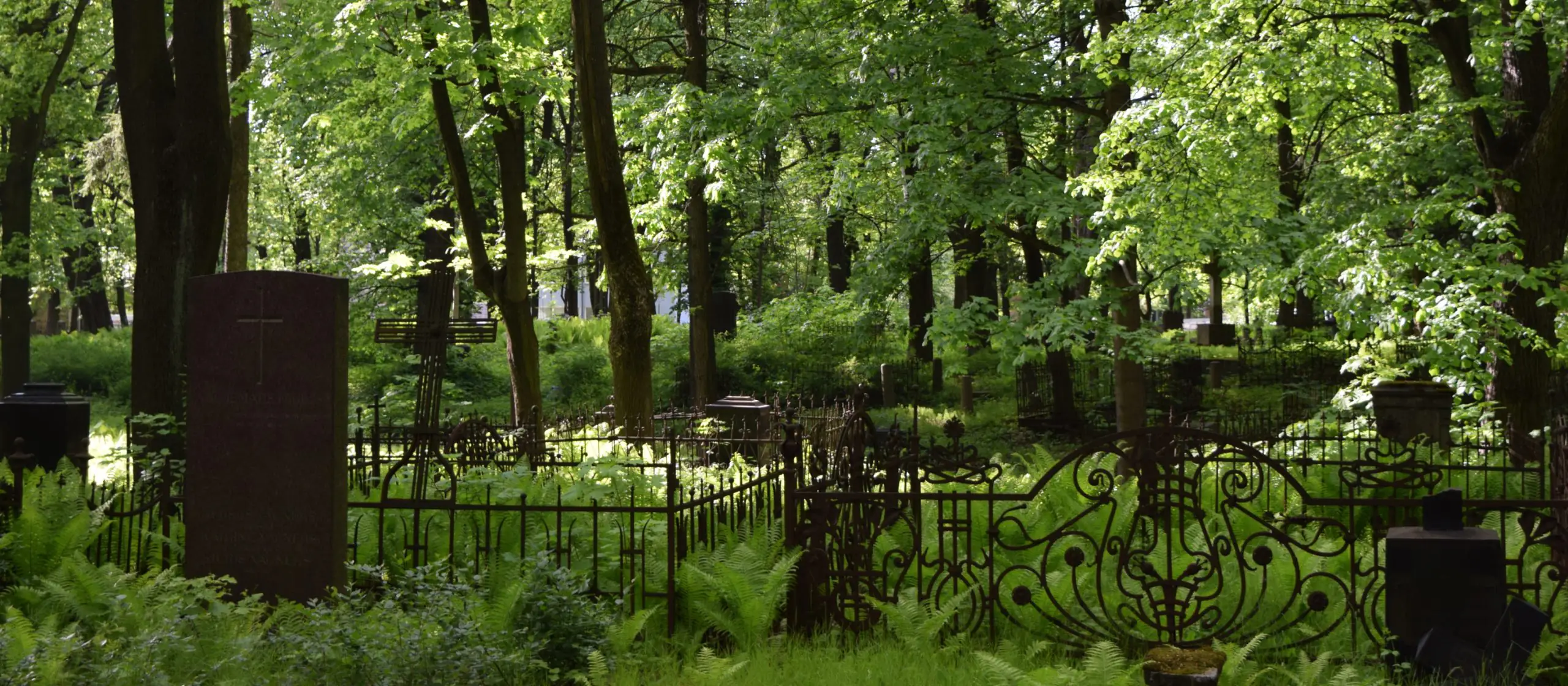
adobestock.com
Read more about how cemeteries have changed in European cities in our other article. Why Riga needs more green spaces, we told you in a detailed article about parks and their connections with residential areas. And our colleagues also have a guide to several cemeteries in Riga and beyond.
This article was prepared with the umagamma team.



